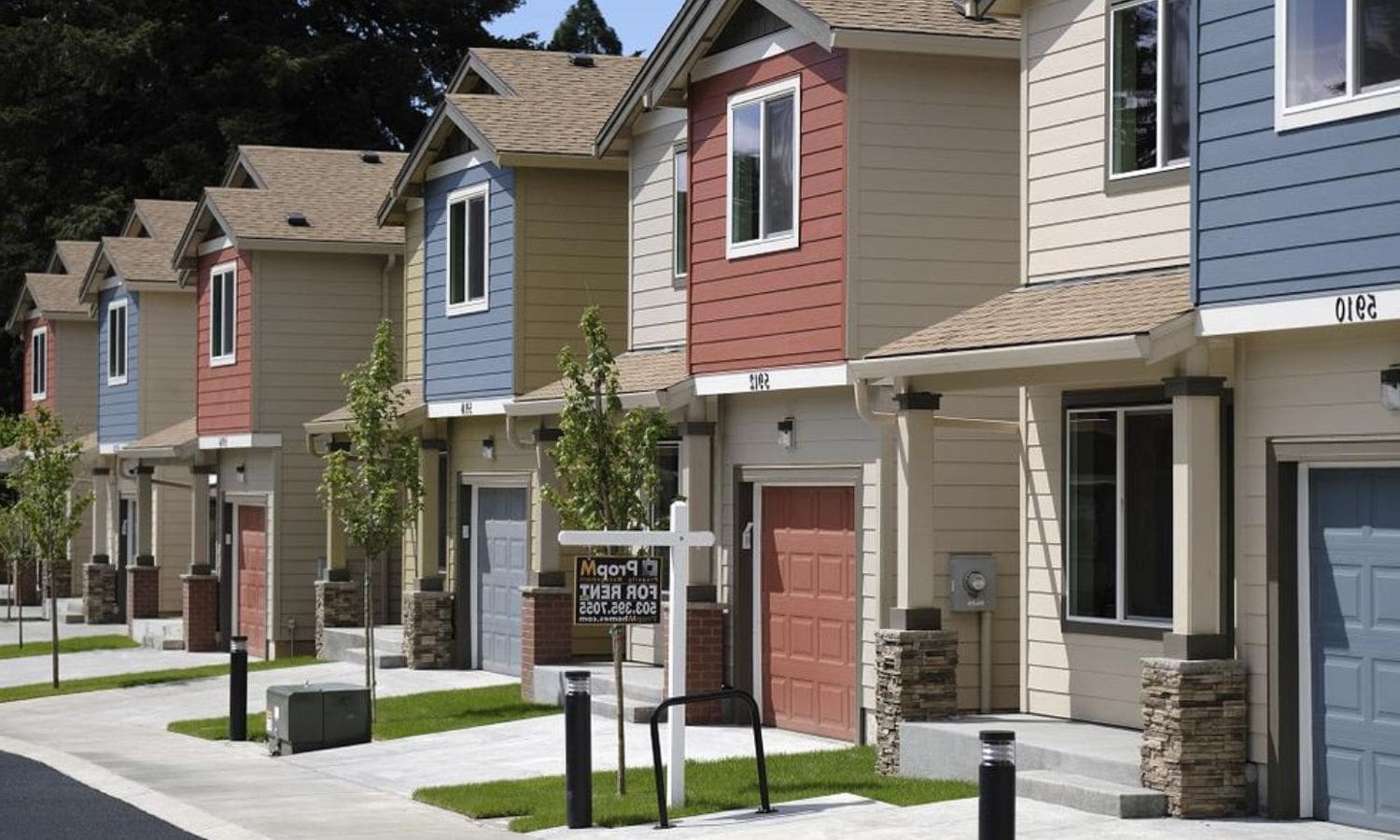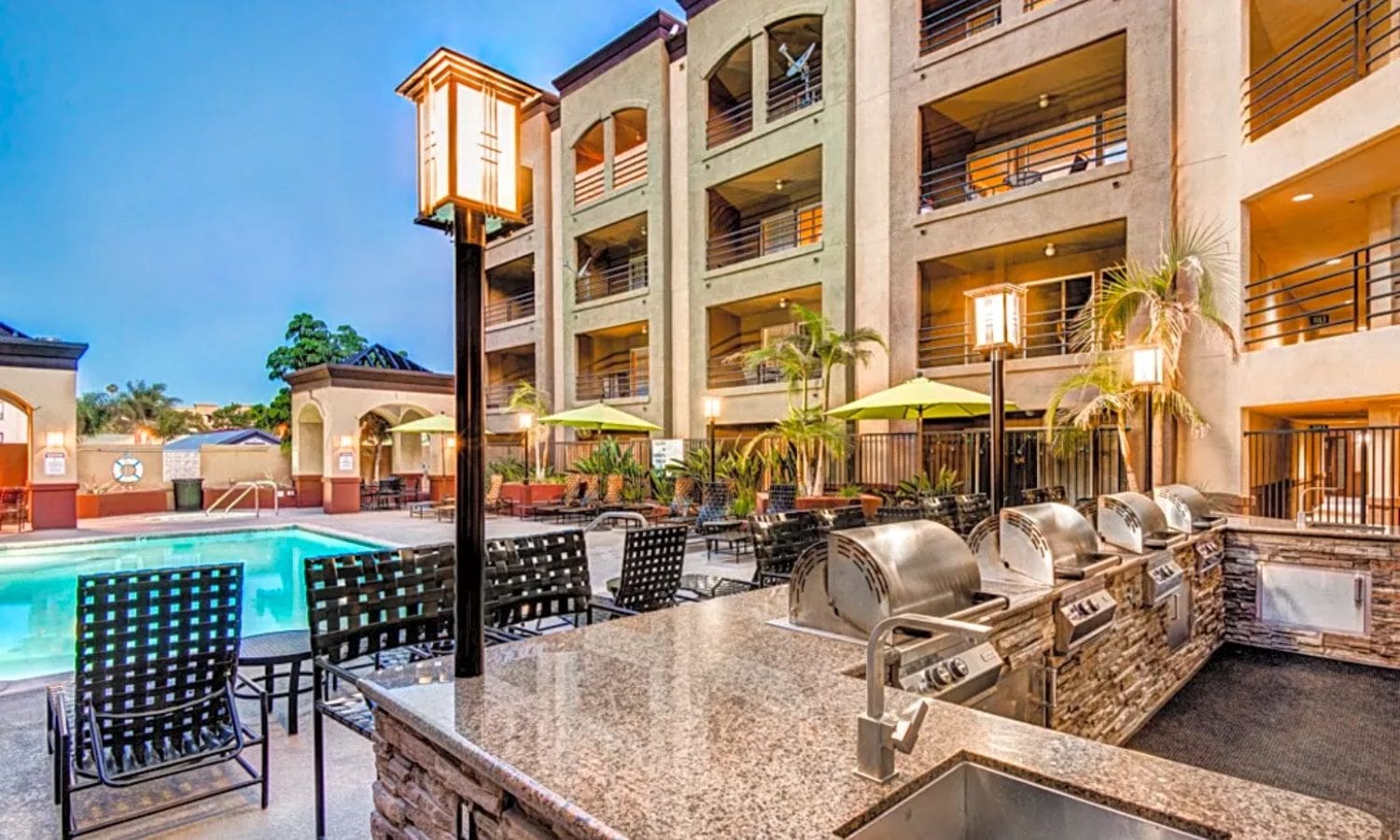Fullerton Housing Element: Fullerton, a city in California, has successfully achieved a settlement in accordance with state laws regarding its housing element. This achievement comes after diligent efforts to address compliance issues and fulfill the requirements of the Housing Element for Cycle 6.
Despite facing challenges such as delays and turnovers, Fullerton has managed to meet the regional housing needs assessment through collaborative approaches with the housing development community.
Looking ahead, the city aims to streamline processes, make affordable housing commitments, and actively involve the community in its future steps.
Key Takeaways Of Fullerton Housing Element
– Fullerton has successfully rectified non-compliance with state housing laws by committing to a compliant Housing Element for Cycle 6.
– The settlement demonstrates the city’s commitment to providing equitable and accessible housing options.
– Fullerton has overcome challenges in meeting the Regional Housing Needs Assessment requirements, including a significant increase in the number of new units required.
– Fullerton has taken a collaborative approach with the housing development community to ensure the inclusion of diverse housing options and fair housing practices.


Also Read: Pfizer Political Contributions: $162,400 to California Legislators During 2021-22
Settlement Reached: Fullerton Addresses Compliance Issues with State Housing Laws
The settlement reached by the City of Fullerton addresses compliance issues with state housing laws.
Fullerton has successfully rectified its non-compliance by committing to the completion of a compliant Housing Element for Cycle 6.
This resolution demonstrates the city’s commitment to adhering to state housing laws and promoting equal housing opportunities for its residents.
By reaching this settlement, Fullerton acknowledges the importance of providing equitable and accessible housing options for all community members.
The city’s dedication to addressing compliance issues not only ensures that it meets its legal obligations but also ensures that it is actively working towards creating a fair and inclusive housing environment.
This settlement represents a significant step forward in Fullerton’s efforts to promote affordable and accessible housing for its residents.
Mandate and Commitment: Fulfilling the Requirements of the Housing Element for Cycle 6
To fulfill the requirements of the Housing Element for Cycle 6, the City of Fullerton is diligently working towards meeting the mandated goals and objectives within the specified timeframe. The city has demonstrated a strong commitment to addressing the housing needs of its residents, particularly those with diverse income levels.
The following actions have been taken to ensure compliance with the Housing Element:
– Collaborating with private residential developers to encourage the development of new housing projects.
– Making surplus land available for the construction of affordable housing units.
– Implementing policies and programs that prioritize the preservation of existing housing units.


Overcoming Challenges: Delays, Turnovers, and Meeting the Regional Housing Needs Assessment
Despite delays and turnovers, Fullerton successfully met the challenges of meeting the Regional Housing Needs Assessment and achieving compliance with state laws.
Staff and consultant turnover contributed to delays in completing the Housing Element. However, since the appointments of the City Manager, Community and Economic Development Director, and Planning Manager in the Summer and Fall of 2022, the city has been committed to achieving compliance.
Fullerton faced a significant challenge with the state-mandated Regional Housing Needs Assessment (RHNA), which required the provision of 13,209 new units for Cycle 6. This represented a more than 600% increase compared to the previous requirement of 1,841 units in Cycle 5.
Despite these challenges, Fullerton was able to overcome them and meet the goals set by the RHNA and state laws.
Collaborative Approaches: Engaging the Housing Development Community and Key Settlement Elements
Through collaborative approaches, Fullerton actively engaged the housing development community and incorporated key settlement elements. This collaborative effort between the city and the housing development community has been crucial in achieving the settlement in accordance with state laws.
Here are some key elements that were incorporated:
– Inclusive housing options: Fullerton worked closely with the housing development community to ensure that the settlement includes a diverse range of housing options that cater to the needs of different individuals and families.
– Fair housing practices: The collaborative approach emphasized the importance of fair housing practices, ensuring that the settlement promotes equal access to housing for all residents, regardless of their background or socioeconomic status.
– Compliance with state laws: Fullerton actively sought input from the housing development community to ensure that the settlement fully complies with state laws and regulations governing housing development.
This collaborative approach has fostered a sense of partnership and cooperation, leading to a successful settlement that aligns with Fullerton’s commitment to providing inclusive and diverse housing options for its residents.
Future Steps and Public Engagement: Streamlined Processes, Affordable Housing Commitments, and Community Involvement
One key future step in Fullerton’s housing element settlement is the implementation of streamlined processes, increased commitments to affordable housing, and active community involvement.
The settlement aims to establish a more efficient approval process, ensuring compliance with timing requirements for housing development projects. This streamlined approach will facilitate the timely delivery of affordable housing units, addressing the city’s housing needs.
Additionally, the settlement reflects an increased commitment to affordable housing initiatives, demonstrating the city’s dedication to providing housing options for all residents.
To ensure diverse community voices are heard, a robust community engagement plan has been put in place. Public meetings have been scheduled, allowing for public review of the updated Housing Element document and creating opportunities for community input.
Fullerton’s housing element settlement emphasizes the importance of collaboration, transparency, and inclusive decision-making processes.


Conclusion Of Fullerton Housing Element
Fullerton has successfully achieved a settlement in accordance with state laws regarding its housing element. The city has addressed compliance issues and fulfilled the requirements for Cycle 6. Despite challenges such as delays and turnovers, Fullerton has met the regional housing needs assessment.
Collaborative approaches with the housing development community have been instrumental in reaching this settlement. Moving forward, the city plans to streamline processes, make affordable housing commitments, and involve the community in future steps.
Our Reader’s Queries
Q1. What is the California housing element?
A. California’s Housing Element Law recognizes that meeting the housing needs and demands of its residents requires the private market to play a substantial role. To facilitate this, local governments are urged to adopt plans and regulatory systems that not only offer opportunities for housing development but also avoid undue constraints on the process.
Q2. What are the elements of housing?
A. Residents often grapple with the challenge of securing sufficient parking space in their communities. The importance of a robust security and safety system cannot be overstated, providing assurance to residents. Adequate water and electricity supply are crucial aspects that contribute to the overall livability of a place. Accessibility to all floors ensures convenience for everyone. The availability of ample free space, proper ventilation, and effective maintenance further enhance the quality of living in a community.
Q3. What is the capacity of housing in California?
A. When considering the bigger picture, there exists the potential to construct up to 225,000 housing units on vacant urban land already designated for multifamily housing. Within a half-mile radius of major transit hubs, the capacity expands to an impressive 1.2 million to three million housing units. Additionally, by permitting homeowners to add units to their homes, nearly 800,000 units could be realized. The prospects for addressing housing needs show promise, with the potential for nearly one million more units.

